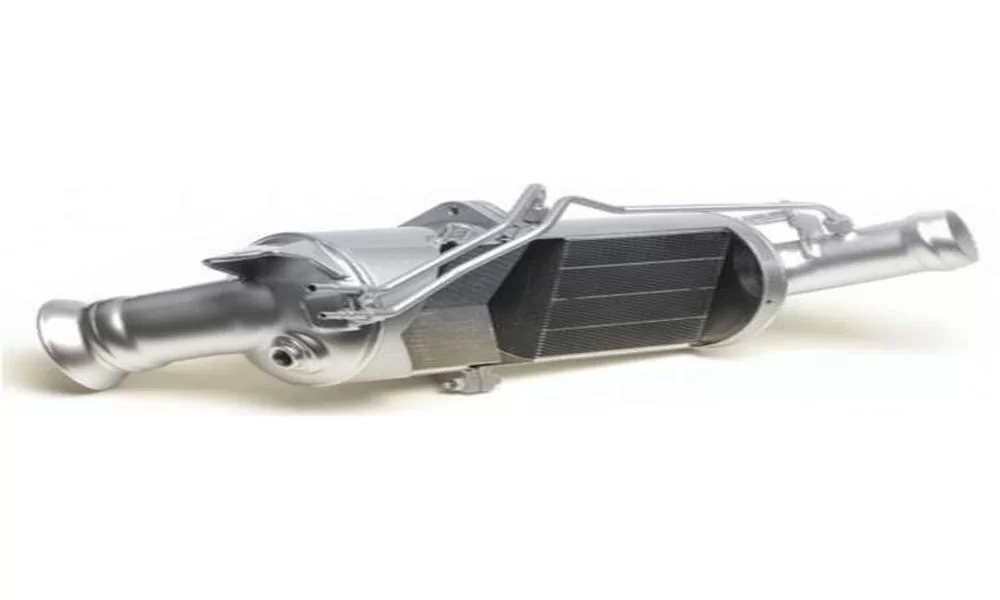Warehousing stands as the cornerstone of modern supply chain management, serving as the hub where goods are stored, managed, and distributed with precision and efficiency. From raw materials to finished products, warehousing plays a vital role in ensuring the seamless flow of goods from production to consumption. In this comprehensive article, we’ll delve into the intricacies of warehousing exploring its functions, types, technologies, and the critical role it plays in today’s global economy.
The Functions of Warehousing:
Warehousing encompasses a diverse range of functions and activities aimed at facilitating the storage, handling, and movement of goods within the supply chain. Some key functions of warehousing include:
- Storage: Warehouses provide secure and organized storage facilities for goods, enabling businesses to maintain adequate inventory levels to meet customer demand while minimizing stockouts and overstock situations.
- Inventory Management: Warehouses play a crucial role in inventory management, tracking the receipt, storage, and distribution of goods through sophisticated inventory control systems and management practices.
- Order Fulfillment: Warehouses serve as distribution centers where customer orders are processed, picked, packed, and shipped with efficiency and accuracy to ensure timely delivery to end customers.
- Transportation Hub: Warehouses often function as transportation hubs, facilitating the consolidation, sorting, and dispatch of goods to various destinations via different modes of transportation, such as trucks, trains, ships, or aeroplanes.
- Value-Added Services: Warehouses may offer value-added services such as labeling, packaging, kitting, assembly, or customization to meet specific customer requirements and add value to products before they reach the end customer.
- Cross-Docking: Some warehouses implement cross-docking operations, where incoming goods are unloaded from inbound vehicles, sorted, and immediately loaded onto outbound vehicles for rapid transit without storage in between.
Types of Warehouses:
Warehouses come in various types and configurations, each tailored to specific industry needs, operational requirements, and storage environments. Common types of warehouses include:
- Public Warehouses: Public warehouses offer storage and distribution services to multiple clients on a rental or pay-per-use basis, making them ideal for businesses with fluctuating storage needs or seasonal demand patterns.
- Private Warehouses: Private warehouses are owned and operated by individual companies to store their own inventory exclusively, providing greater control over storage conditions, security, and inventory management processes.
- Distribution Centers: Distribution centers are specialized warehouses designed to efficiently process and distribute goods to multiple destinations, serving as pivotal nodes in the supply chain network.
- Cold Storage Warehouses: Cold storage warehouses are equipped with refrigeration or freezing facilities to store perishable goods such as food, pharmaceuticals, and chemicals at controlled temperatures to maintain product quality and safety.
- Automated Warehouses: Automated warehouses utilize advanced robotics, conveyor systems, and automated storage and retrieval systems (AS/RS) to streamline operations, increase efficiency, and minimize human intervention in storage and retrieval processes.
Technologies in Warehousing:
Warehousing operations have been revolutionized by advancements in technology, with various technologies enhancing efficiency, accuracy, and productivity in warehouse management. Some key technologies used in warehousing include:
- Warehouse Management Systems (WMS): WMS software provides real-time visibility into warehouse operations, enabling businesses to track inventory levels, manage orders, optimize storage space, and streamline workflows.
- RFID and Barcode Scanning: RFID (Radio Frequency Identification) and barcode scanning technologies automate data capture and identification processes, facilitating accurate inventory tracking, picking, and shipping.
- Automated Material Handling Systems: Automated material handling systems, including conveyor belts, automated guided vehicles (AGVs), and robotic arms, automate the movement, sorting, and handling of goods within the warehouse, reducing labor costs and increasing throughput.
- Inventory Control Technologies: Inventory control technologies such as cycle counting, RFID tagging, and ABC analysis help businesses maintain accurate inventory records, minimize stockouts, and optimize inventory levels.
- Predictive Analytics: Predictive analytics software leverages machine learning algorithms and historical data to forecast demand, optimize inventory replenishment, and improve resource allocation in warehouse operations.
The Role of Warehousing in the Supply Chain:
Warehousing plays a critical role in the supply chain ecosystem, serving as a strategic link between production and consumption. Some key roles of warehousing in the supply chain include:
- Inventory Buffer: Warehouses act as inventory buffers, storing surplus goods to buffer against fluctuations in demand, production delays, or supply chain disruptions.
- Order Consolidation: Warehouses consolidate orders from multiple suppliers or production facilities, enabling businesses to achieve economies of scale in transportation and distribution.
- Regional Distribution: Warehouses strategically located near key markets or transportation hubs facilitate regional distribution, reducing transportation costs and lead times for delivering goods to customers.
- Reverse Logistics: Warehouses handle reverse logistics processes, including returns management, product recalls, and repairs, ensuring efficient management of reverse flows within the supply chain.
- Value-Added Services: Warehouses offer value-added services such as labelling, packaging, assembly, or customization to meet specific customer requirements and add value to products before they reach the end customer.
Conclusion:
Warehousing is a cornerstone of modern supply chain management, playing a pivotal role in storing, managing, and distributing goods with efficiency and precision. From providing secure storage facilities to offering value-added services and leveraging advanced technologies, Rolls Royce Phantom for Hire for Hire warehouses serve as dynamic hubs that facilitate the seamless flow of goods within the supply chain. As businesses continue to adapt to evolving consumer demands and market dynamics, the role of warehousing will remain indispensable, driving operational excellence, customer satisfaction, and competitive advantage in an increasingly interconnected and fast-paced global economy.







